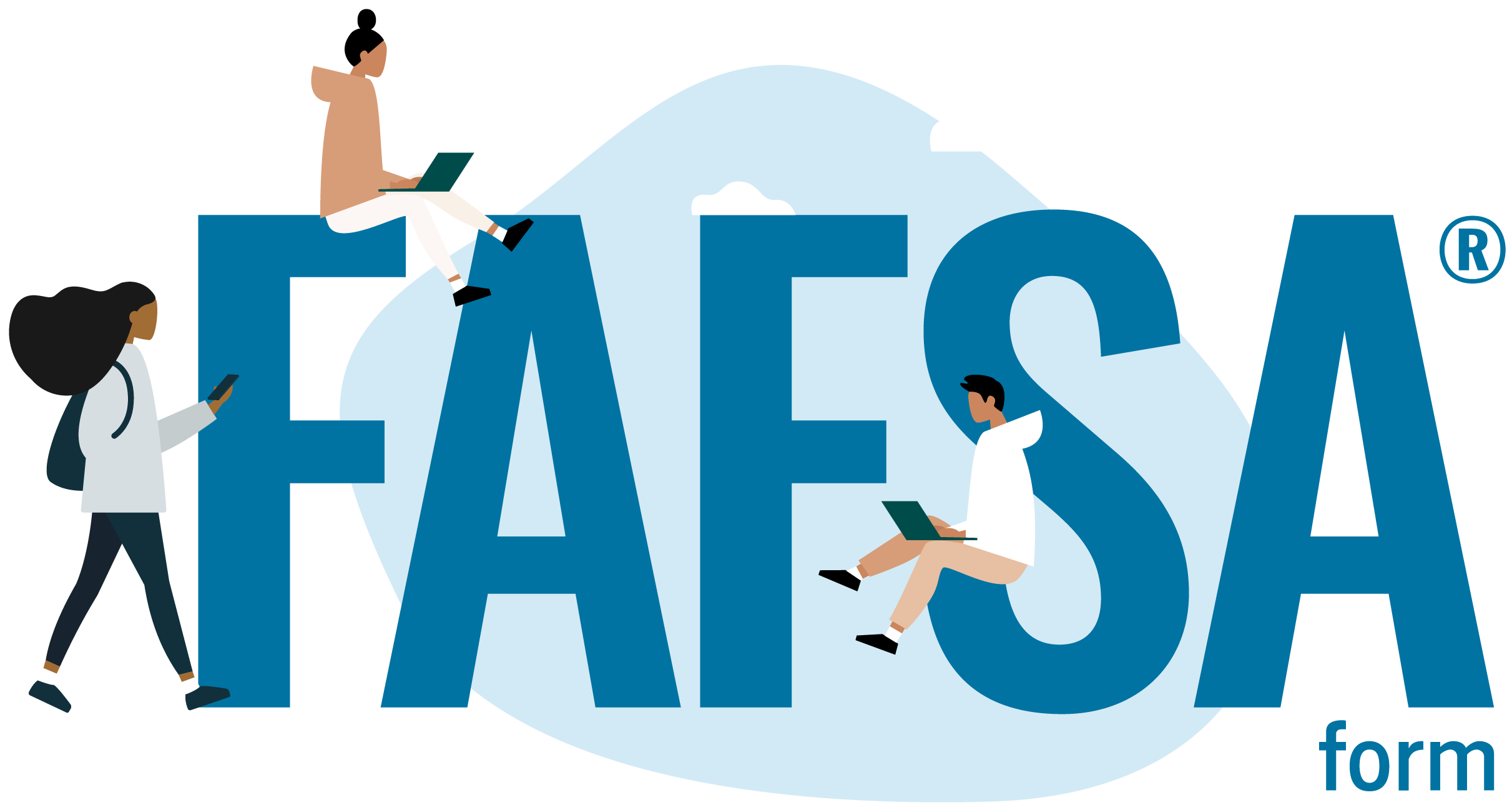Introduction
The Medicaid program is the largest and most important health care program in the country. It currently provides $300 billion per year in critical health care and long-term care services to more than 50 million low-income children, working families, frail seniors, and people with disabilities. It is a lifeline and a safety net for the most vulnerable members of our society.
Medicaid is actually 56 separate programs administered by the states and territories and jointly financed by the states and the federal government. The percentage of the state’s share varies depending on several factors, but averages about 57 percent federal and 43 percent state. The “non-federal” share can be financed entirely through state funds, but states also have the option to require local governments to share the costs. Of this “non-federal” share, up to 60 percent can be financed by local contributions. These contributions, or intergovernmental transfers (IGTs), were designed by Congress and are in the Medicaid statute, have been authorized by federal regulations, have been approved by the U.S. Department of Health and Human Services (HHS) for many years, and are a legitimate mechanism that many states rely on to finance the Medicaid program.
Intergovernmental Transfers
Section 1902(a)(2) of the Medicaid statute codifies this arrangement by requiring states to “provide for financial participation by the State equal to not less than 40 per centum of the non-Federal share of the expenditures under the plan…”
Furthermore, Section 1903(w)(6)(A) states, “Notwithstanding the provisions of this subsection, the Secretary may not restrict States’ use of funds where such funds are derived from state or local taxes (or funds appropriated to state university teaching hospitals) transferred from or certified by units of government within a state as the non-Federal share of expenditures under this title, regardless of whether the unit of government is also a health care provider…”
Finally, this is also recognized in federal regulations, which authorize the use of public funds as the state share of Medicaid spending if the funds are “transferred from other public agencies (including Indian tribes) to the state or local (Medicaid) agency and under its administrative control…” (42 C.F.R. 433.51(b)).
State and Local Governments
The funding of Medicaid follows two broad models: centralized, where the state is responsible for raising revenue and distributing to the local level; and decentralized, where the local entities have much greater authority to raise and spend revenue on their own. IGTs, in part, recognize that state-raised revenue and county-based revenue are essentially equal in the eyes of the law and therefore, neither should be discriminated against.
Without the benefit of IGTs, large county-based states, such as New York, California, Wisconsin, and North Carolina to name just a few, would literally be unable to finance their Medicaid programs, destroying the safety net in many parts of the country and drastically increasing the numbers of the uninsured.
Therefore, attacks on the very existence of IGTs would fundamentally threaten the decentralized form of government that these states have chosen and would represent an attempt by the federal government to statutorily favor state governments that are centralized and do not rely on the ability of counties to raise revenue.
We remain hopeful that this is not the intended result of any congressional or administrative actions.
Federal Concerns
The Administration and some members of Congress have accused states of manipulating Medicaid financing mechanisms in inappropriate ways. States have been accused of misusing IGTs in association with Disproportionate Share Hospital (DSH) payments, Upper Payment Limits, and Provider Taxes. These claims are not new, and have resulted in the past in federal action clarifying what is appropriate.
If there continue to be concerns about how states are financing Medicaid, we would recommend that discussions be held that are open, exhaustive, and include all impacted stakeholders. These discussions should at least acknowledge that not only are the state actions in question legal, but have been approved by HHS, and in many cases encouraged by them in the past.
Financing Mechanisms Encouraged by HHS
An excellent example of how states and the federal government worked together is in Nebraska. The state, with the full support and blessing of both the HHS central office and regional offices, developed a plan to increase reimbursement to nursing homes to the federal maximum. They then utilized an intergovernmental transfer and dedicated the extra money into a trust fund that would be used solely to assist nursing homes in a physical conversion to assisted living facilities. Everyone benefited. Nursing homes were able to embrace the economics and demand of the 21st century – the increasing preference of seniors to reside at home or in community settings. The state was able to transform its long-term care infrastructure to assisted living facilities – which are much cheaper to maintain than nursing homes. The federal government also benefited by saving money in the long run, and by working with the state to meet the shared goal of decreasing reliance on institutional care.
Do Not Change the Rules Midstream
Regardless of what changes Congress may consider, it is critical that the financing rules of Medicaid not be changed midstream. States have acted within the parameters of the law and the regulations when negotiating budgets – and all financing mechanisms are both legal and approved by HHS. For these rules to be changed midstream, without notification or congressional directive, would be a presumption of guilt that is inappropriate in a state-federal partnership. In addition, such changes may well constitute an illegal impoundment of funds and violate other bedrock provisions of the Medicaid program.
It is therefore inappropriate for HHS, without legislation approved by Congress, to move forward with changing these rules and policies. We are finding that such a practice is occurring with increasing frequency, much to the concern of our members and their congressional delegations. We would like to submit for the record a recent letter signed on behalf of the entire Iowa delegation, including Senate Finance Committee Chairman Grassley and House Budget Committee Chairman Nussle, expressing their concerns that HHS is moving forward with unilateral policy changes that could have significant impacts on Medicaid and the populations it serves.
States who have already received federal approval for this funding have designated the money to go towards such important goals as financing expansions of home- and community-based long-term care, increasing physician reimbursements so that access to care is not jeopardized, ensuring that tier one trauma centers keep their doors open, and in many states, ensuring that small rural hospitals are not forced to close or otherwise jeopardize patient care.
States Cannot Continue to Finance Medicaid and the Needs of the Dual Eligibles
Medicaid currently accounts for roughly 20 percent of any given state’s budget, making it the second largest expenditure next to education. The Medicaid program is also growing at almost double digit rates, due to significant pressures in prescription drug costs and long-term care. Growth that large in a program Medicaid’s size is unsustainable even in a good economy. Unfortunately, states are not in good fiscal standing. The combination of Medicaid growth and lower than projected revenue has created a situation where Medicaid costs are eating up every dollar of state revenue, leaving no room for increased funding for education or other key priorities.
This unfortunate situation is exacerbated by the difficulty states have had in dealing with unfunded federal mandates and by the fact that increasing amounts of the Medicaid budget (and also state funded programs) are devoted to filling holes in the federal commitment to Medicare beneficiaries.
Forty-two percent of the entire Medicaid budget is spent on services for elderly and disabled Medicare beneficiaries, the so-called “dual eligibles.” This is a shocking number when you consider that they comprise only twelve percent of the total number of people served by Medicaid and that they are all fully covered by the entire Medicare benefits package. Medicaid’s responsibility includes acute care services beyond Medicare’s limitations, prescription drug coverage, which Medicare does not yet provide in any comprehensive fashion, payment of expensive co-pays, premiums, and deductibles, and most importantly, long-term care services.
It is critical to be mindful that the Medicaid program is essentially the only funding source for long-term care services in the nation, paying approximatley five times what Medicare does in total. Medicaid is responsible for more than sixty percent of all nursing home care in this country. As the baby boom demographic starts to reach Medicare eligibility within the next decade, these trends will worsen substantially unless common-sense reforms are enacted.
Congress first attempted to address prescription drug coverage in the Medicare Catastrophic Act of 1988. This legislation created a drug benefit for seniors and required the Medicaid program to pay significant amounts of cost sharing for low-income seniors through the creation of the Qualified Medicare Beneficiary (QMB) and Specified Low-Income Medicare Beneficiary (SLMB) programs. Congress quickly repealed the drug benefit, but left intact the Medicaid requirement to cover Medicare cost-sharing. Consequently for the past thirteen years, states have borne billions of dollars in increasing costs for the QMB and SLMB programs, and tens of billions of dollars in providing prescription drugs for low-income Medicare beneficiaries.
We were strongly encouraged by Congress’ recent effort to enact a comprehensive Medicare prescription drug benefit into law, and appreciate the decision to qualify the dual eligibles for the Medicare benefit. However, states will still be required to finance the vast majority of these costs, through the “clawback” effect. This will create an unprecedented reverse block grant of funds from states to the federal government, one in which states will have no control over how the money is spent.
States have never been in a position to welcome these burdens on behalf of the federal government. Strong state revenue growth in the mid 1990s helped mask an unsustainable load that has now become unbearable. Without additional federal help, states will be uanble to afford current Medicaid commitments, let alone ponder the significant expansions that would be needed to address the growing problem of the uninsured.
States are spending significantly more money on the Medicaid program now than they were 10 years ago, despite the increased financing through Upper Payment Limit mechanisms. The state share of Medicaid in 2000 was $94 billion, as compared to only $50 billion in 1992, and $70 billion in 1997. This demonstrates state commitment to funding the program and proves that the increases in the Medicaid budgets are not being financed overwhelmingly by federal funds.
Finally, the temporary state fiscal relief will end in fiscal 2004. Because of this, and because of the continued growth of Medicaid overall, the total amount of state dollars in Medicaid will increase by 15 percent to 20 percent from fiscal 2004 to fiscal 2005. This will create a fiscal situation ill-suited to absorb additional reductions in the federal commitment to Medicaid funds.
Conclusion
The Governors oppose any reductions in Medicaid spending as well as changes to the current policy that would jeopardize funding for underserved populations. The current policy represents a well thought-out balance that seeks both accountability and sufficient funding for the health care safety net. Changing the policy now could have disastrous consequences for public hospitals and the individuals they serve.












